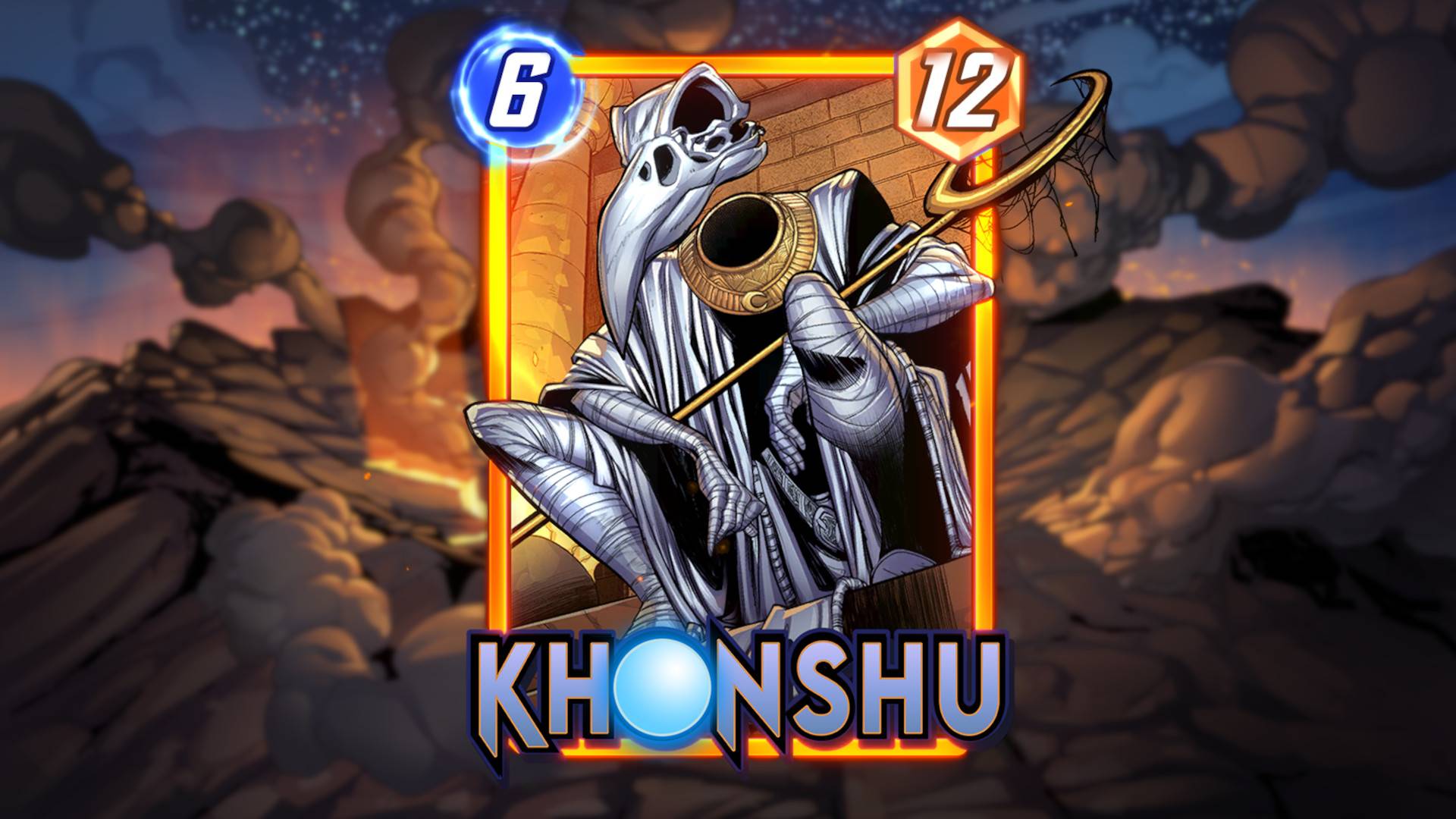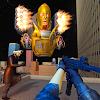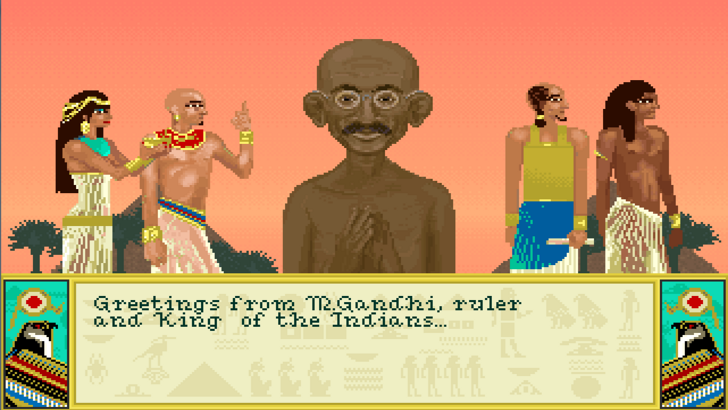
The legend of "Nuclear Gandhi" from the original Civilization game is one of the most enduring myths in gaming, but how did it start, and was it even real? Dive in to explore the fascinating tale of the Nuclear Gandhi bug and its journey through gaming history.
← Return to Sid Meier's Civilization VII main article
Civ 7 Won't Have Gandhi to Go Nuclear, But Did He Ever?

Gaming communities are rich with legends and myths, from Herobrine to Ben Drowned. Yet, in the early days of gaming, one name stood out for its bizarre and amusing tale: Nuclear Gandhi. This myth, which originated from the original Civilization game, claimed that the famously peace-loving leader of India, Gandhi, would transform into a nuclear-armed warmonger due to a game bug. But was there any truth to this legend, or was it just a product of the community's imagination? Let's delve into the story.
The Legend of Nuclear Gandhi as It Was First Known
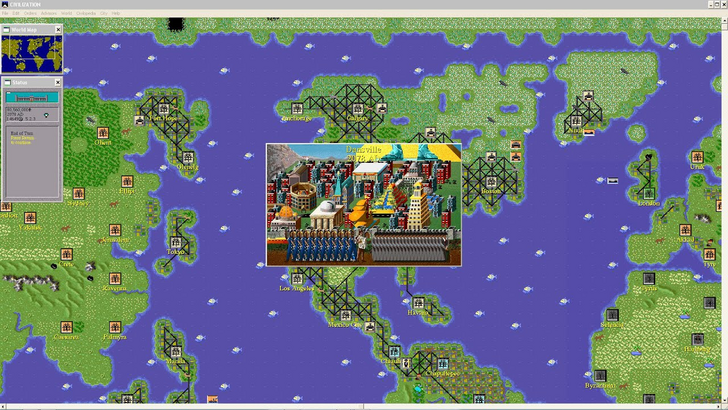
To understand the myth, we need to start with the original legend. In the first Civilization game for MS-DOS, each leader had an aggression parameter controlled by the AI, ranging from 1 to 10 or 1 to 12, where 1 signified a pacifist and 10 a warmonger. Gandhi, known for his pacifism, had his aggression set to 1. The legend claims that when Gandhi adopted Democracy, his aggression would decrease by 2, resulting in a negative value of -1.
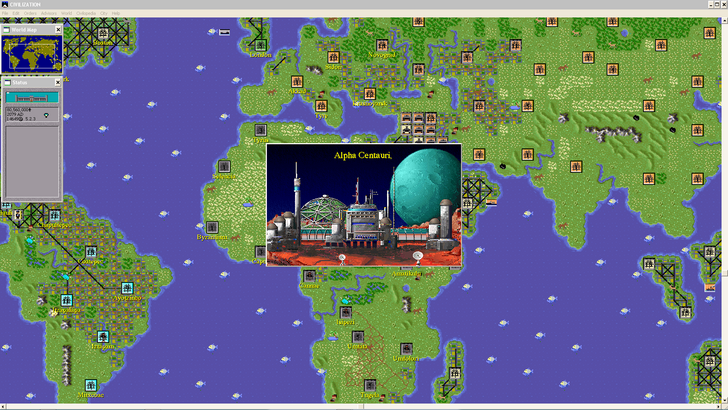
The core of the myth hinges on this negative value. Allegedly, the aggression parameter was stored as an 8-bit unsigned integer, ranging from 0 to 255. A negative value would cause an integer overflow, flipping Gandhi's aggression from -1 to 255, making him 25 times more aggressive than the most belligerent civilizations. With nuclear weapons available post-Democracy, the stage was set for Gandhi to unleash nuclear chaos, earning him the moniker "Nuclear Gandhi."
Nuclear Gandhi Spreads Through the Whole Community
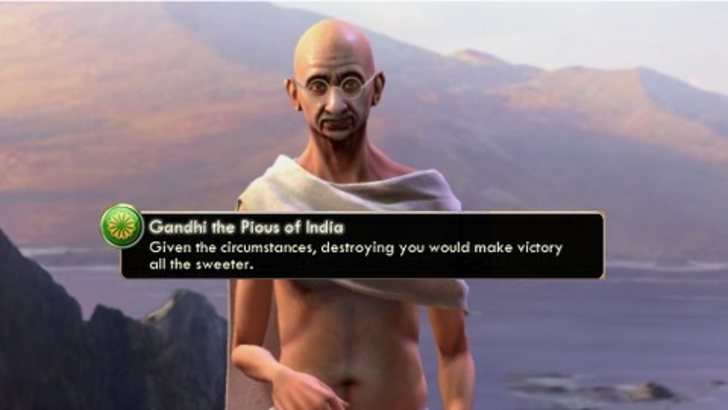
The tale of Nuclear Gandhi spread rapidly within the Civilization community and beyond, capturing the imagination of the 4X gaming scene and eventually the entire gaming world. Surprisingly, the legend didn't gain significant traction until the mid-2010s, long after the original Civilization's 1991 release. By then, Civilization V was the current title, and the original game's player base had dwindled, making the myth hard to verify. Many believed it was due to the game's outdated coding, but the truth was more nuanced.
Sid Meier Confirms That Nuclear Gandhi Was Impossible
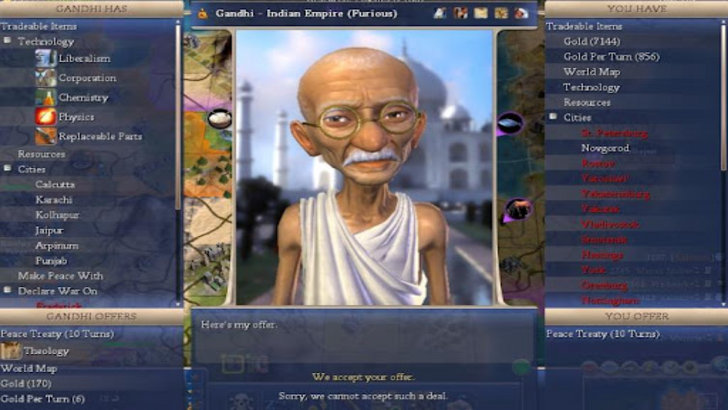
In 2020, Sid Meier, the designer of the original Civilization, debunked the myth, calling it "impossible." He explained that all integer variables were signed, preventing any overflow from a negative value. Moreover, government types did not affect aggression levels, meaning Gandhi's behavior remained consistent throughout the game.
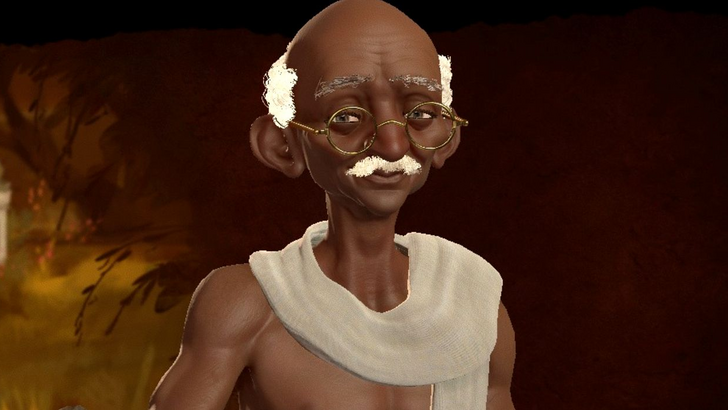
Brian Reynolds, lead designer of Civilization II, supported this, noting that the original game had only three aggression levels, and Gandhi shared his pacifist setting with others. No unsigned variables were used, and no code existed to increase aggression beyond set limits. Thus, the legend of Nuclear Gandhi was a myth, yet it left a lasting impact on the gaming community.
How Nuclear Gandhi Came to Be (Twice)

Despite being debunked, Nuclear Gandhi remains a beloved gaming legend, perhaps due to its ironic twist. The myth didn't surface until 2012, when a user added it to the Civilization page on TV Tropes. From there, it spread rapidly through gaming media.
So, why invent such a myth for a game released decades earlier? The answer lies in Civilization V, where Gandhi's AI was intentionally coded to prioritize nuclear weapons, a decision made by lead designer Jon Shafer. Although not directly linked to the original myth, the timing suggests this real-life implementation fueled the legend's spread.
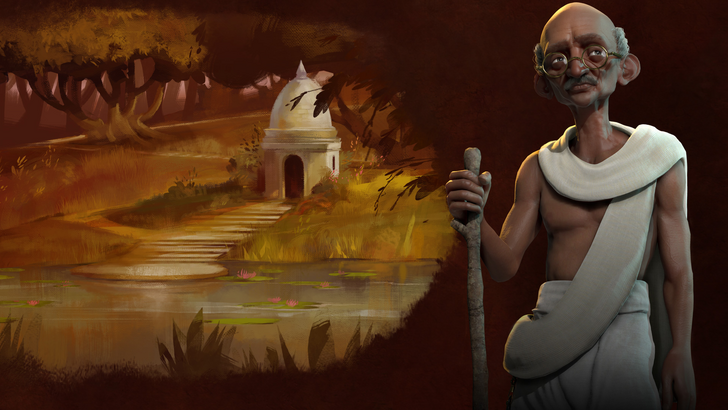
Civilization VI further played into the legend with Gandhi's "Nuke Happy" hidden agenda. In Civilization VII, however, Gandhi won't return, possibly marking the end of the Nuclear Gandhi era. Yet, as history shows, some myths are too compelling to ever truly fade away.
← Return to Sid Meier's Civilization VII main article
Sid Meier's Civilization VII Similar Games



